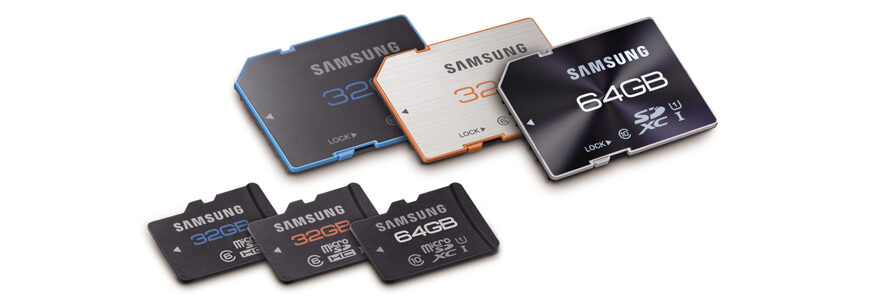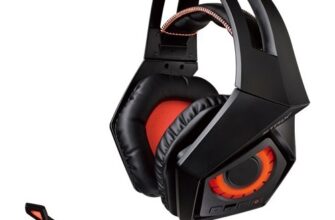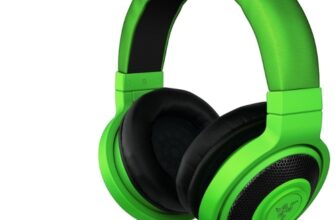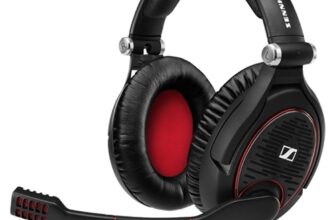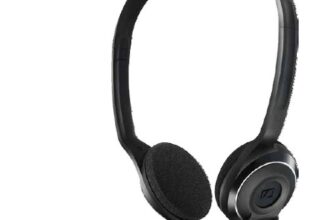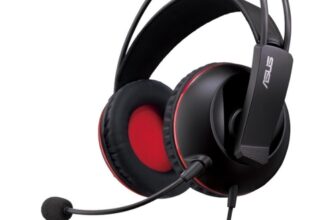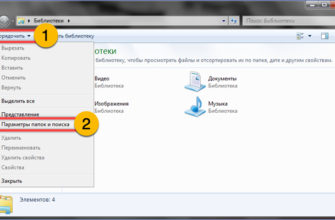When choosing a memory card, you should pay attention to the supported standard and the size of this external storage.

How to choose a memory card for a tablet: key parameters
The main criteria for choosing a memory card for a tablet are:
-
Standard;
-
Speed class;
-
Volume;
-
Additional functions.
-
Also of no small importance is the manufacturer of the memory card.
The main criteria for choosing a memory card
Memory card standard
There are three standards for MicroSD memory cards:
-
MicroSDSC (can also be called simply MicroSD, and SC stands for 'Standard Capacity'). The oldest memory card format. The maximum volume supported is 2 GB. As a result, the format has practically died out today, both in the tablet market and among manufacturers of memory cards themselves;
-
MicroSDHC (High Capacity). The most common format for memory cards. The maximum size is 64 GB. It is used in the vast majority of tablets, smartphones and other mobile devices. Therefore, if a memory card is required and nothing is known about compatibility with a tablet, it is recommended to pay attention to this particular standard;
-
MicroSDXC (Extended Capacity). The most recent memory card standard. The maximum volume supported is 2 TB. True, this is a theoretical value, but in practice it is several times less. Most often used in modern flagship tablets.
All of these standards are backward compatible with each other. I.e:
-
A tablet that supports the microSDXC memory card standard accepts memory cards of all standards;
-
Only MicroSDHC or MicroSHSC can be installed in a tablet that supports the MicroSDHC standard;
-
In a tablet that supports the MicroSDHC standard, you can install only MicroSDSC, and no other format.
You can find out which standard of memory cards the tablet supports from the technical specifications of the device itself. This parameter can be given both explicitly (that is, the name of the standard is indicated directly), or indirectly. For example, if the technical specifications contain the following indication – 'Maximum supported memory card capacity: 64 GB', then we can confidently say that the tablet is compatible with external drives of the MicroSDHC standard.
Speed class
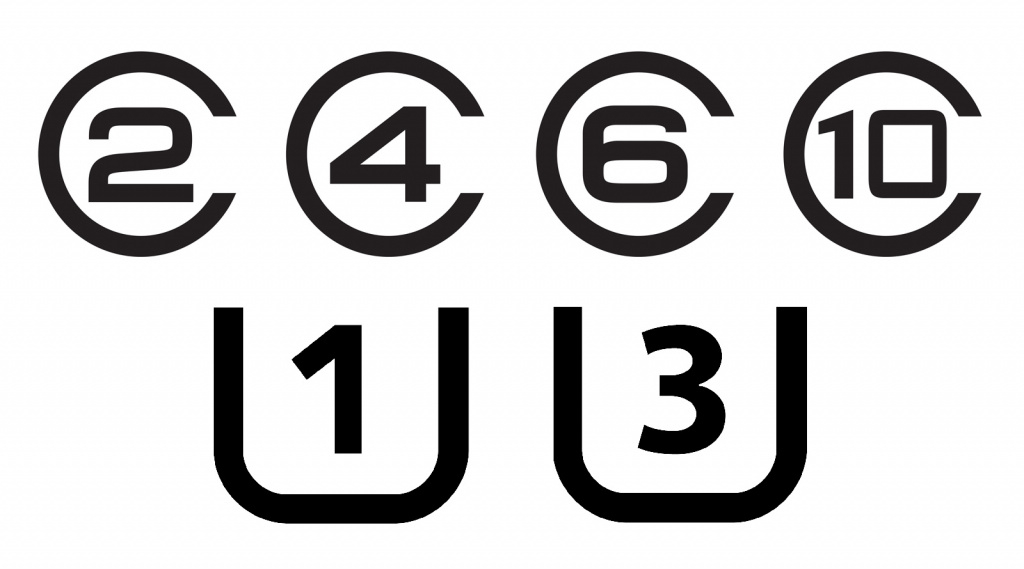
The speed class, as the name implies, determines the maximum read and write speed on the memory card. The higher it is, the larger the scope of this external drive. At the same time, low speed memory cards are poorly suited even for ordinary, everyday operations.
The following speed classes are available:
-
Class 2. The simplest and cheapest memory cards. They have read and write speeds of about 2 Mbps. Suitable for small documents, including low bitrate multimedia files;
-
Class 4. They have a read and write speed of about 4 Mbps. Therefore, they are suitable for working with multimedia files with an average bit rate. For example, they can record photos in real time up to 8 MP resolution without HDR + and not in RAW;
-
Class 6. They have a read and write speed of about 6 Mbps. They can record multimedia files of relatively high bitrate (for example, MP3 320 kbps or videos up to 480p), as well as shoot the corresponding video and photo in real time;
-
Class 10. They have a read and write speed of about 10 Mbps. Suitable for the vast majority of cases, including working with multimedia files in Full HD. However, when recording video of this high resolution, defects and artifacts can be observed;
-
USH-I. Ideal memory cards for mobile photography and video recording up to 2K resolution and 30 fps frame rate. Have a read and write speed of 10 Mbps;
-
UHS-III. Memory cards for mobile video shooting in high resolution (for example, 4K) or with high frame rates up to 120 fps. They have a read and write speed of 30 Mbps.
For most cases, a Class 10 memory card is sufficient. You can, for example, install applications on them if the operating system allows it. But memory cards of a higher speed class should be purchased only if there is a direct need for it – you have to shoot or play HD videos a lot, for example.
Volume
Since the operating system and installed applications are located on the internal storage of the tablet, it is user data that is written to the memory card – photos, videos, music, and other documents. Therefore, it is worth choosing the volume based on your needs.
In fact, the required minimum is 4 GB. This memory card can record a couple of movies up to 480p and several music albums.
It is advisable to purchase memory cards of 8 GB or more. Then there will be some free space 'in reserve'. And for fans of mobile photography and video, drives with a capacity of 32 GB or more are intended – since each picture in high resolution, and even more so with HDR support, 'weighs' about 10 MB. As a result, you can 'fill' a 4 GB memory card with them in 2-3 hours of active photography.
Additional functions
Among the most important additional functions of memory cards intended for use in tablets are:
-
Protection against harmful external factors. Such memory cards survive high temperatures, mechanical stress, electrical breakdowns that appear during unsafe removal and installation, radiation from scanning at airports, etc .;
-
Access to data recovery programs. Companies like SanDisk and Transcend bundle their external drives with special software designed for emergency data recovery in the event of a damaged memory card. The distribution can either be stored on the 'USB stick' itself or downloaded from the company's website. In any case, such software will not hurt;
-
Extended warranty. Usually a store warranty for memory cards and similar drives is about 6-12 months. An extended manufacturer's warranty allows you not to worry about damaging your external drive, even if a year has passed since the date of purchase. Nevertheless, most memory card failures are related to external factors, so this option is a rather controversial decision.
-
It is worth choosing protected memory cards (as well as other additional functions) only if you plan to use these drives in extreme conditions.
Top manufacturers
The best manufacturers of memory cards for tablets and other mobile devices are:
-
Samsung. Produces special 'mobile-oriented' memory cards, but they usually have a high price;
-
SanDisk, Kingston. Produce middle-class memory cards;
-
Transcend. Produces relatively inexpensive, but at the same time quite productive and practical memory cards.
But the products of companies such as Dexp or AData are recommended to be avoided. It is usually marginally cheaper than memory cards from SanDisk or Kingston, but it does not have the same high quality – and if damaged, all data from the drive can be destroyed.
!
In the following articles, our experts will tell you how to choose a drawing tablet, the secrets to choosing an inexpensive tablet, and a complete guide to choosing a gaming tablet.
Attention! This material is the subjective opinion of the authors of the project and is not a purchase guide.

